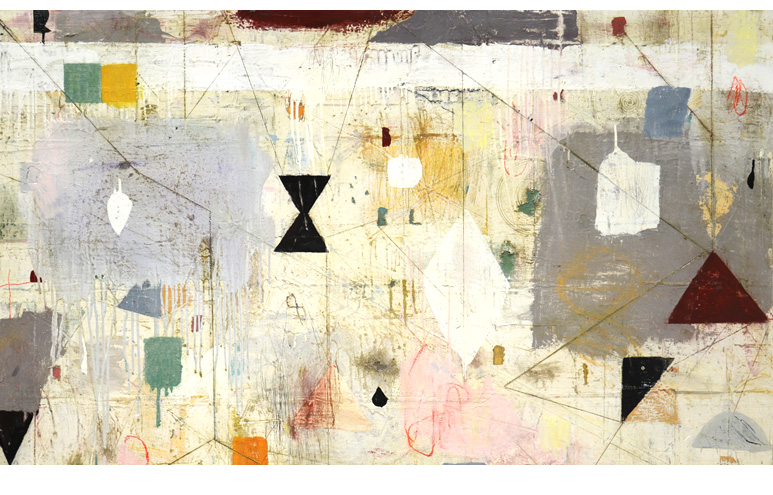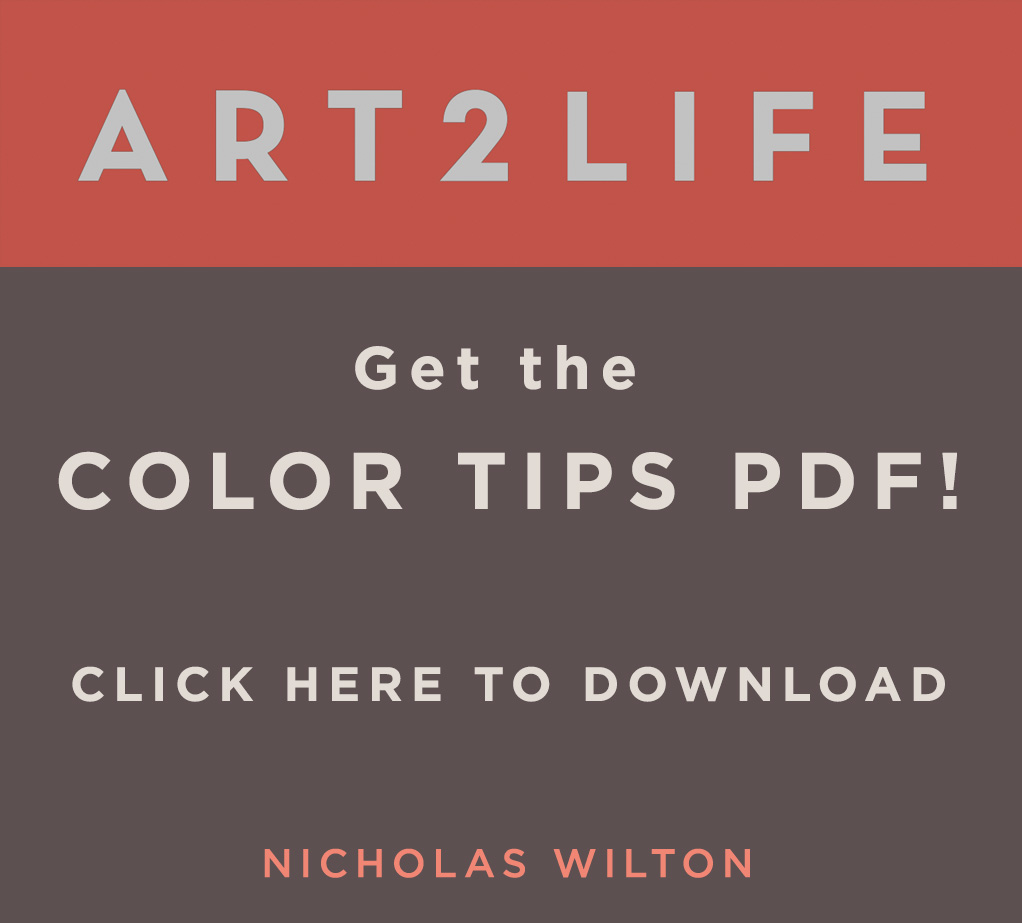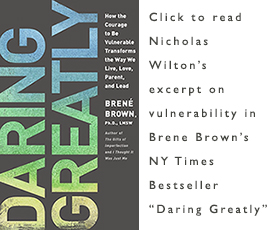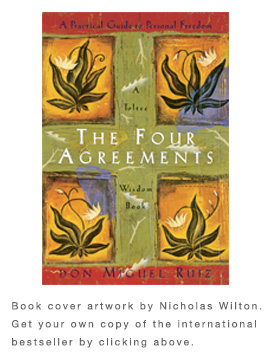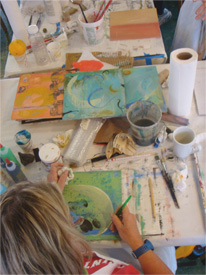Batch Your Work
I like to start multiple pieces at once – it encourages me to work larger and helps inform where I should go next with each piece.
How do you start?
Stage 5 Mastery: How To Have Mastery In Art
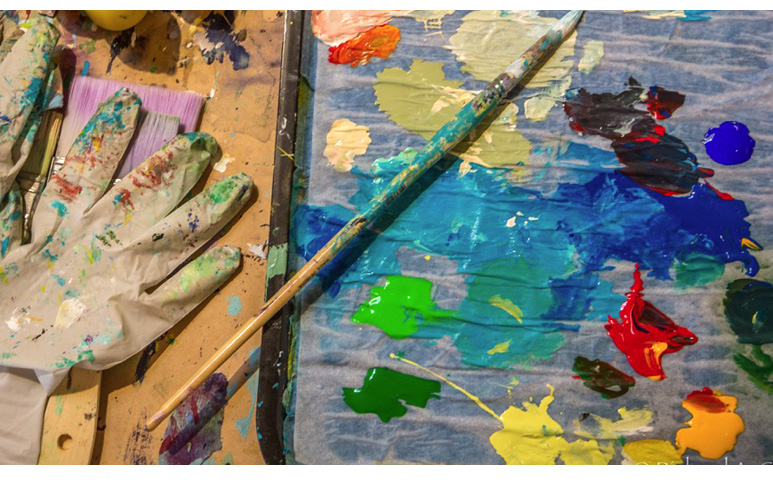 How many hours in a life does it take to master something? In Malcolm Gladwell’s 2008 book “Outliers” he opines that the number is 10,000. I am not sure this is accurate as it doesn’t take quality of practice or intention as a factor. It does, of course, take passion, focus and most importantly, time. However, I do know there are specific tell tale signs that your art practice has carried you into this 5th stage, MASTERY.
How many hours in a life does it take to master something? In Malcolm Gladwell’s 2008 book “Outliers” he opines that the number is 10,000. I am not sure this is accurate as it doesn’t take quality of practice or intention as a factor. It does, of course, take passion, focus and most importantly, time. However, I do know there are specific tell tale signs that your art practice has carried you into this 5th stage, MASTERY.
Are you entering this stage? Are you already there? How can you tell?
Over the past month in this weekly blog post I have been describing the 5 recognizable stages in creative development:
Stage 1 AWAKENING
Stage 2 DISCOVERY
Stage 3 INTEGRATION
Stage 4 RHYTHM
Stage 5 MASTERY
Today I am going to describe the recognizable details of the fifth stage: MASTERY (In prior weeks in this blog I have detailed stages 1,2, 3, and 4)
Firstly, this stage is marked by increased self-confidence and intuition… specifically your ability to direct your art, and to trust the outcome. Even though the usual ambiguity about direction and where you are headed of course, still exists, it is more your attitude and understanding about this situation that shifts in this final stage. There is now significant more trust in the process. A Process that has possibly taken years to fully comprehend, that just like the countless times before, your art will emerge, once again, probably different but definitely better. It matures as you do.
The Soul, the inner knowing and intuition of the artist, is running a good deal of the show in this stage. And once this occurs, wisdom increases, bringing with it a big, positive shift in your art. Like a parent that suddenly realizes she / he no longer has to worry about their grown children because they finally possess all the innate wisdom, learned information, role modeling and love to make choices for themselves now. You no longer have to worry about them.
And it is in this spaciousness, this time of earned, even confidence, as well as the humility that comes part and parcel with achievement, that the primary realization of the Mastery stage becomes apparent.
And this is it.
That Mastery is actually the ability to hold ALL the previous 4 stages in balance simultaneously while creating the most profound, exhilarating art you or the world has ever seen.
Mastery is about looking forward but also behind you.
Back to the time when you first AWAKENED to the idea that art was available for you was a changing point in your life. You somehow peered over the major, limiting beliefs that often shroud our ability to express our creativity, and instead of saying “no”, you said “YES!”
And then you set about DISCOVERING all you needed to know to move forward with your art making. This passion of Learning becomes reignited in the stage of Mastery. The thirst of learning is actually never quenched.
And once this new learning is gained, using sharpened skills of discernment developed from a mature art practice, what remains relevant, what part is useful for you becomes seamlessly, almost effortlessly INTEGRATED into your art and ultimately your life.
Times of difficulty and ease in your art practice, upon reflection, never actually remain for long. Your ability to hold these two delicious contrasts of difficulty and ease, evenly and with acceptance, allows your Art to remain in RHTHYM with yourself.
The MASTERY stage is an awareness of the sum total of all the stages that have come before. It is a time often marked by a sense of tremendous abundance. There is a steady stream of new opportunities, challenges and infinite directions you may or may not take your art, friends, artists, collectors, students and teachers. It is an endless stream.
Regardless of how long it has taken to gain Mastery, once there, it becomes clear that there is no final stage achievable in the pursuit of your art. The balance of the tremendous amount you now know is perfectly offset by all that you don’t. Curiosity is still ever present.
You never actually arrive. Your practice, your art and most likely a significant part of your life will remain perfectly mysterious. Always.
And now, with this awareness, this gratitude of all that has come before, you get to slip back into the stream of your Art, back into it’s gentle but strong current and begin.
Again.
Start, Differently
A great way to begin a painting is to start putting down marks completely different from what you normally do. It’s refreshing and can push your work in new, unexpected directions.
How do you start?
Is your Art in Rhythm with you?
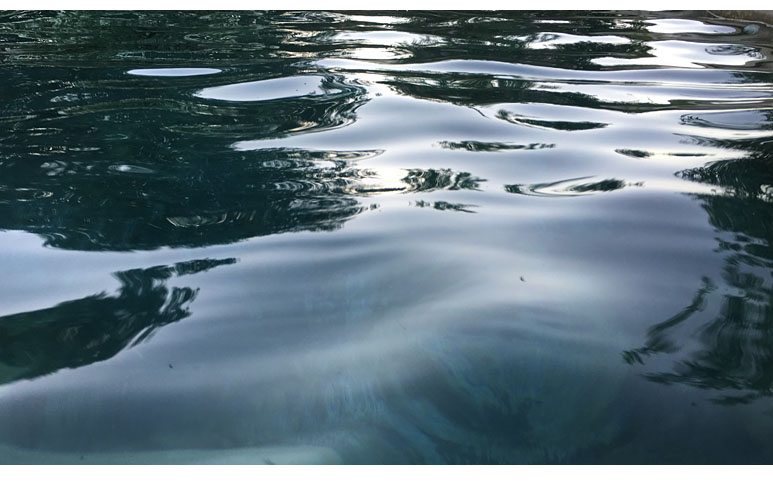 Are you finally getting in the rhythm with your Art? The fourth stage of Creative development is called Rhythm and it is when this occurs. Are you in this stage? And if you are how do you tell? There are 5 recognizable stages in creative development:
Are you finally getting in the rhythm with your Art? The fourth stage of Creative development is called Rhythm and it is when this occurs. Are you in this stage? And if you are how do you tell? There are 5 recognizable stages in creative development:
Stage 1 AWAKENING
Stage 2 DISCOVERY
Stage 3 INTEGRATION
Stage 4 RHYTHM
Stage 5 MASTERY
Today I am going to describe the recognizable details of the fourth: RHYTHM
(In prior weeks in this blog I have detailed stages 1,2 and 3)
The Rhythm stage is all about being finally in the flow with your art. It is a huge accomplishment. It is what, for probably years, we have all dreamed about. We know what it feels like because we have been catching glimpses of it ever since we began pursuing our art. And actually, it is what keeps us motivated. The sense of dropping in fully to our art, having periods of time that we lose ourselves making our art is priceless. Making art when it is effortless, when it turns out even better than we imagined is fabulously rewarding. However experiencing these moments, especially in the beginning is rare.
But in crossing over to the fourth stage, Rhythm, these moments become more and more frequent. This fourth stage is, in fact, the natural progression of fully integrating your art and your life, which occurred in the prior stage of Integration.
When we experience flow or rhythm in our art practice, what we are actually experiencing is ourselves, through the medium of our art. Making our art becomes smoother, easier because it is just a spontaneous expression of ourselves. It is like finally realizing that we can’t really dance too well if we are trying to dance like someone else. Our dance, our art, becomes less effort full when we give up trying to make anything that is different than who we are.
Your art, in this stage, is flowing because it is a simple expression of you.
And as a result, this stage is marked with having greater confidence. The answers needed to make your art are now mostly found within yourself. However, because you have more energy, as it is not spent struggling so much like prior stages, you have more headspace, more opportunity, to look up and become inspired by other’s art. Your additional energy derived from this stage often results in teaching and helping other artists who are in earlier, more challenging stages.
Your art usually continues to become more and more unique in this stage and as a result, there are more and more people that are gathering around your art.
This increase of interest from collectors, galleries and individual buyers increases now because where you have arrived and the sophistication of what you can make is not very common.
Your art is finally as unique as you have always been. It has just taken you this long to figure out how to express it in a way that the rest of the world can see it too.
You no longer question this part of your life. In fact, some days you are hard pressed to think of anything quite as satisfying as spending a Sunday afternoon making art.
And that, considering where and how all this began for you years ago, is quite an achievement.
Are you in this stage now? How does it feel?
And by the way, if you are not quite in the Rhythm stage, you sometimes glimpse it, which is a clue that you are getting closer…
Try Some Canvas
Normally I work on wood panels, but recently I’ve been experimenting with canvas, and I’ve been loving the results.
Here’s a link to the canvas I use: http://www.dickblick.com/products/blick-premier-heavyweight-cotton-canvas-rolls/
What surface do you enjoy painting on?
The one constant thing.
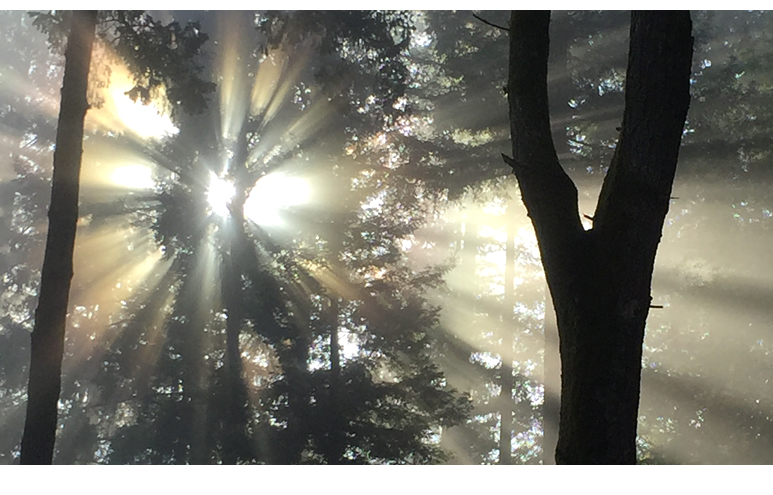 The changes this year seem much bigger than other years. The political landscape has suddenly shifted. The absence of such luminaries as David Bowie, Prince, Sharon Jones, and Leonard Cohen to name just a few, hasn’t even settled in yet. On a personal level, the passing of my father, Clifford Wilton, this year has profoundly changed the fabric, the routine of my life. The Sunday calls between us, now absent, have left an open patch on that day that can’t seem to be filled with anything else quite as meaningful. When I look beyond my life, I see a planet that is powerfully signaling monumental change in her shifting patterns of extreme rain and drought.
The changes this year seem much bigger than other years. The political landscape has suddenly shifted. The absence of such luminaries as David Bowie, Prince, Sharon Jones, and Leonard Cohen to name just a few, hasn’t even settled in yet. On a personal level, the passing of my father, Clifford Wilton, this year has profoundly changed the fabric, the routine of my life. The Sunday calls between us, now absent, have left an open patch on that day that can’t seem to be filled with anything else quite as meaningful. When I look beyond my life, I see a planet that is powerfully signaling monumental change in her shifting patterns of extreme rain and drought.
I am not sure of many things as this year comes to its close.
The only thing I am sure about is that things will continue to change.
And in a way, it is this idea that leaves me feeling grateful.
Oddly, I feel on terra firma with many aspects of change. Art making is the practice of Change. It is where I have learned to take what is in front of me, even if it is not something I desire, and move it towards something I do. It offers us all the possibility to take an outcome and repurpose it into something far better than we imagined it could ever be.
It just takes Faith. And Art making is the practice of this Faith.
In art, and in life, if we are faithful, and willing to risk a little, we can pivot. We get a re do. We can take a challenging outcome, whether it is political, social or personal and use it. It is possible to harness the momentum of a change, a new reality and use it to renegotiate, to re purpose it into something more in alignment with who we are and what matters to us.
This very act of choosing how to frame our reality based on any outcome is a creative one. Regardless of the shifts and changes in our lives, we do ultimately, have tremendous choice. It can, of course, feel daunting and overwhelming to proactively try to change a situation. It often takes energy that, at times, we don’t feel we have.
However, in my life, in the times that I have felt that deadening sensation that the possibilities for myself were growing less, I have discovered that the root cause of this had to do more with the smallness of my own thinking rather than the lessening of my opportunities.
Thankfully your own pattern of thinking can be changed. Time and time again I have learned it takes barely a push on any door to realize that most of them have been unlocked the whole time.
This year, possibly more than any other year in my life, I am so thankful for those who are in my life who remind me, who teach me of this fact.
It helps keeps my head up instead of down. And when looking up I can see more clearly, my art, my life, that is the practice that almost daily reminds me that change can be pulled off with grace, creativity and joy.
And for this, especially today, I am tremendously grateful.
What are you thankful for?
Shapes Shapes Shapes
One tool I like to use is large cardboard cut outs of various shapes. it’s a great way to add some variety to your mark making.
Is Your Art About To Take Off?
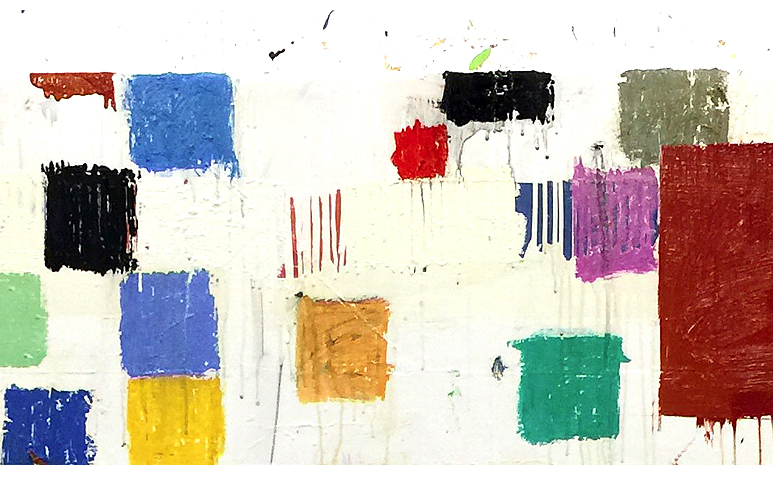
The third stage of Creative development is called INTEGRATION and it is when this occurs. Are you in this stage? And if you are, how can you tell?
Today I am going to tell you. But first we need to understand there are 5 recognizable stages in creative development:
Stage 1 AWAKENING
Stage 2 DISCOVERY
Stage 3 INTEGRATION
Stage 4 RHYTHM
Stage 5 MASTERY
Today I am going to describe the recognizable details of the third stage: INTEGRATION (In prior weeks in this blog I have detailed stages 1 and 2.)
The Integration stage is about doing more art. And if you are, it probably is becoming way easier. The reason why this is possible is because you have found ways to “integrate” your art with your life. Once you are creating something truly personal, more like you, it becomes easier for this to occur. It is almost hard not to because, in fact, your life and your art are more and more connected. The prior stages of learning to pay attention and learning to discern what exactly interests you, is key. As a result, you are now even thinking about your art when you fall asleep. In this stage, people are becoming more and more interested in your art or rather, what exactly you find so captivating. The kind of passion you are demonstrating by your now more consistent art practice is hard for outsiders to resist. Everyone becomes curious.
The integration stage is also when you learn to deal better with distractions and procrastination that get in the way of your art practice. One of the key solutions to procrastination has to do with the realization that working even the tiniest amount in a day is far superior to not making art at all. It also happens to be scientifically proven that we actually learn better by a “little and often” rather than an “all in one sitting” approach. Understanding this concept can release you from the defeating idea that in order to be successful in your art you have to work countless hours in a row.
It is, however, crucial that an artist in this stage stays connected to other artists to receive and give feedback so that objectivity can be maintained. Sharing and showing your art is a big part of this stage. It is how you will continue to learn.
The integration stage is almost a resting place for your art practice. Even if you just stay in this stage for years—over time your art will absolutely improve. You have set yourself up to continue learning, your art will change at a relatively fast rate which will keep you engaged. The heavy lifting of breaking into art has been done. You have begun to arrive.
Are you in this stage? Do you recognize some of these signs in your art practice?
Embrace Your Change
As you develop and grow as a person, so too does your art.
How has your work changed?
Your Intuition Makes Your Art Stronger.
What exactly is going on in our heads when we are making art? I do a lot of working from intuition but also spend a lot of time sitting in a chair scratching my head trying to understand what to do next.
I am starting to see, at least in my practice; there are basically two kinds of thinking going on. One is the analytical, judgmental kind, and the other is the more intuitive, take a leap of faith kind. These are, respectively, the left-brain and the right brain thinking.
I have been taking notes lately about this aspect of my process and it has been super helpful for me. Understanding how we think can actually even out the emotional roller coaster we can sometimes feel when we are trying to make our art. Maybe some of my recent realizations about my process could help even out yours as well.
This is what I have discovered.
The best parts are made by intuition.
All the work I like best and even the work that seems to sell at the opening night of my shows usually are made with a high degree of intuition. I can literally point to an area of a painting and say that area was totally unplanned. I have no idea how I made it but it is often my favorite part. My goal lately, therefore, has been to increase the amount of time I am working intuitively on a painting. Now I say, as a general reminder, to the participants in my workshops that they should try to shoot for 50% of the time to be working intuitively, rather than staying analytical the whole time.
Using intuition is easier
Part of the reason I keep increasing the time I work intuitively is that it quite possibly is the easiest part of my process. There are no instructions, no “shoulds” no way to plan or rehearse what to do. We are perfectly ready to work intuitive right here, right now. Working intuitively requires no thinking at all. When I do, I am just responding in any way I please to what is unfolding in front of me on the canvas. This is truly creative freedom and it doesn’t get any better than this. Sometimes it is hard to believe we have absolutely no restrictions upon what we do. Working intuitively reminds us of the sometimes forgotten benefit of making art.
We are free.
The Pause that Refreshes
So most of the time, actually most of our lives, we are operating from the more analytical ‘left side’ of our brain. Figuring out how to get art supplies, how to set up lights in our studios, sending out promotional materials, pricing our art all are mostly solved with the left side of our brain. We also, of course, need to use this side of our brain when making our art.
The only problem I have found, is that when I stand back and look at my work I can sometimes feel that side of my brain, the left side, too much in the finished work. It makes my art look like I have been trying too hard. I know you know what I mean. I actually really dislike it when my work ends up looking this way. A casual observer might say, ”It looks like, in this painting you didn’t have as much fun” and in truth, they would be right. Working excessively trying to control everything does become tiring and is definitely, not fun.
So this pivot, this piece of remembering to switch over to working intuitively is very important. It provides the artist with a refreshing break from the controlling aspect of themselves. Switching into a more right brain, intuitive mode invites mystery surprise and delight into our work.
Having too much of one thing, in this case control, left brain thinking, can become boring and monotonous. Like almost all aspects of art making, and life, actually, the juice, the feeling of aliveness that we are all after seems to come at the intersection of opposites. The one thing always comes bundled with the other one. They need each other. The holding on with the letting go, the dull with the bright colors, the hard with the easy and in this case the left brain thinking with the right brain kind of thinking.
I have given up trying to fight these opposing sides, but instead happily walk from one to another. It only takes a millisecond to leave one and arrive in the second, and then back again. It is like an endless dance between two opposing states of being. Neither is better that the other and both are evenly balanced with each other.
It almost seems too perfect to be true.
But thankfully, it is.
